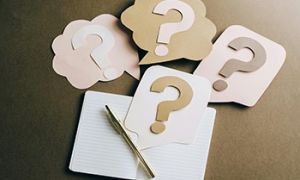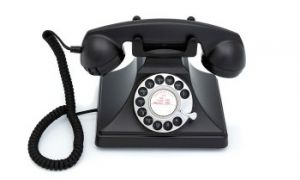The Connection Schema is a cognitive play pattern where children explore how things join, fasten, and separate.
What Is Connection Schema?
It’s part of schematic play theory, which identifies repeated behaviors children use to make sense of the world.
- Children may tie, tape, glue, or link objects together
- They’re fascinated by joining and disconnecting—Velcro, magnets, string, doors, lids, etc.
- It often coexists with the disconnecting schema, where children enjoy pulling apart or opening things
This schema supports early understanding of cause and effect, spatial awareness, and fine motor development.
How Connection Schema Manifests in Play
You’ll often observe children:
- Building and knocking down towers
- Tying objects with string or tape
- Linking arms, holding hands, or hugging
- Opening and closing boxes, doors, or containers
- Gluing collage materials or threading beads
These behaviors reflect a deep curiosity about how things relate, fit, and interact.
Enhancing Connection Schema Play
To support and extend this schema:
- Name the behavior: Use vocabulary like join, connect, separate, build, deconstruct
- Offer open-ended materials: Provide magnets, blocks, train tracks, string, pipe cleaners, and Velcro
- Model and narrate: “You’re connecting the blocks to make a bridge!” or “You opened the lid—what’s inside?”
This helps children internalize concepts and build language around their play.
What Activities Can Enhance the Connection Schema?
Here are some sector-responsive ideas:
| Activity | What It Supports |
|---|---|
| Lego or Duplo building | Spatial awareness, fine motor skills |
| Threading beads or weaving | Hand-eye coordination, patterning |
| Velcro boards or magnetic tiles | Cause and effect, tactile exploration |
| Collage with glue/tape | Creativity, joining materials |
| Group games with linking arms | Social connection, body awareness |
| Opening/closing boxes or containers | Problem-solving, sequencing |
These can be embedded into EYLF learning outcomes—especially Outcome 4 (Children are confident and involved learners) and Outcome 5 (Children are effective communicators).
Beyond The Activities
Connection schemas aren’t just about materials—they’re about relationships, systems, and meaning-making.
- Children may explore emotional connections (e.g., hugging, hand-holding)
- They may show interest in networks—how things relate or interact
- Educators can reflect on how connection shows up in documentation, routines, and relational practice
This schema aligns beautifully with your work on micro-moment reflection kits and trauma-informed documentation—restoring connection in both play and pedagogy.
Further Reading
A Guide To Schemas
Supporting Schemas Through Schema
Schematic Play
Rotation Schema
Trajectory Schema
References:
Connection Schema: What Is It and Ways To Support It, Early Learning Impact
Understanding The Connection Schema In Early Childhood, Building Blocks
The Connection Schema, My Teaching Cupboard


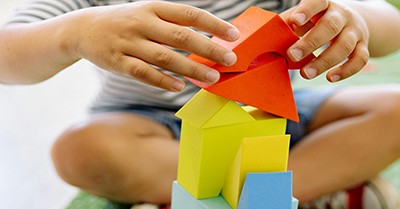




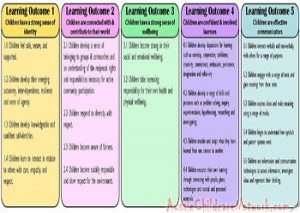 Here is the list of the EYLF Learning Outcomes that you can use as a guide or reference for your documentation and planning. The EYLF
Here is the list of the EYLF Learning Outcomes that you can use as a guide or reference for your documentation and planning. The EYLF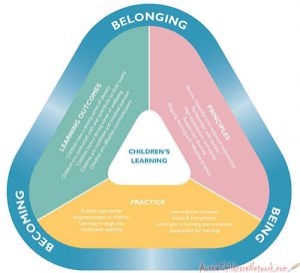 The EYLF is a guide which consists of Principles, Practices and 5 main Learning Outcomes along with each of their sub outcomes, based on identity,
The EYLF is a guide which consists of Principles, Practices and 5 main Learning Outcomes along with each of their sub outcomes, based on identity,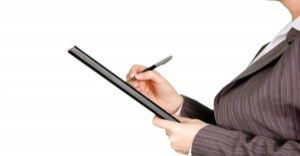 This is a guide on How to Write a Learning Story. It provides information on What Is A Learning Story, Writing A Learning Story, Sample
This is a guide on How to Write a Learning Story. It provides information on What Is A Learning Story, Writing A Learning Story, Sample One of the most important types of documentation methods that educators needs to be familiar with are “observations”. Observations are crucial for all early childhood
One of the most important types of documentation methods that educators needs to be familiar with are “observations”. Observations are crucial for all early childhood To support children achieve learning outcomes from the EYLF Framework, the following list gives educators examples of how to promote children's learning in each individual
To support children achieve learning outcomes from the EYLF Framework, the following list gives educators examples of how to promote children's learning in each individual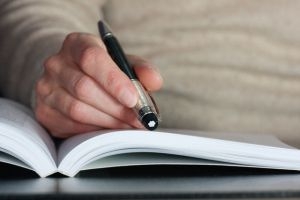 Reflective practice is learning from everyday situations and issues and concerns that arise which form part of our daily routine while working in an early
Reflective practice is learning from everyday situations and issues and concerns that arise which form part of our daily routine while working in an early Within Australia, Programming and Planning is reflected and supported by the Early Years Learning Framework. Educators within early childhood settings, use the EYLF to guide
Within Australia, Programming and Planning is reflected and supported by the Early Years Learning Framework. Educators within early childhood settings, use the EYLF to guide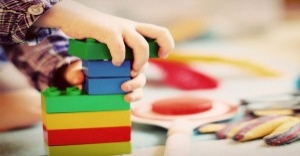 When observing children, it's important that we use a range of different observation methods from running records, learning stories to photographs and work samples. Using
When observing children, it's important that we use a range of different observation methods from running records, learning stories to photographs and work samples. Using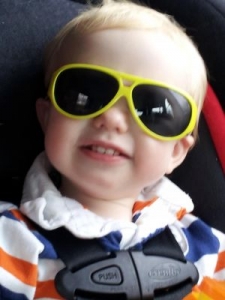 This is a guide for educators on what to observe under each sub learning outcome from the EYLF Framework, when a child is engaged in
This is a guide for educators on what to observe under each sub learning outcome from the EYLF Framework, when a child is engaged in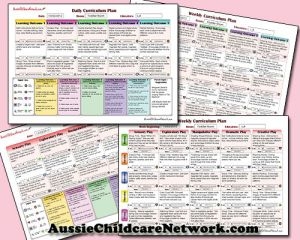 The Early Years Learning Framework describes the curriculum as “all the interactions, experiences, activities, routines and events, planned and unplanned, that occur in an environment
The Early Years Learning Framework describes the curriculum as “all the interactions, experiences, activities, routines and events, planned and unplanned, that occur in an environment